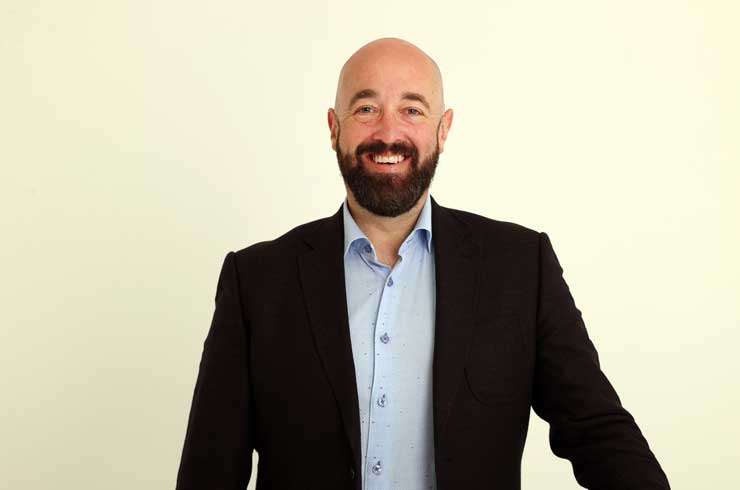ANALYSIS: Another week and another increase in the New Zealand mortgage interest rates. Most banks have now lifted their short-term rates by around 0.5 percentage points, with the one-year fixed rate sitting at 5.35%. That's quite a distance from where it was 12 months ago, when the banks first started to put up their rates, from a low of about 2.19% per annum.
Homeowners looking to refix lately have primarily focussed on one question: what term do we lock in for now? With even the cheapest one-year rate feeling expensive, taking the most affordable rate is tempting, as cash flow will be stretched for most people. But should we be thinking about what will be the best option over the next five years? Is taking the extended term the most economical, or should homeowners stick to the shorter-term rates? To calculate this accurately, you need to guess where rates will be in four year.
In the past, forecasting rates more than two years out was a shaky endeavour. The sheer number of global and domestic events that could affect the economy, and therefore mortgage rates, in a two-year period would make such forecasts unreliable. Even forecasting a year out is tricky. This time next year, the war in Ukraine could be over or could have significantly escalated; global and local inflation could be under control or wrecking the economy. Which side of the anxiety spectrum you dwell on - from apathy to apocalypse - will probably dictate which fixed term you take more than anything else.
If your general feeling is that things in a year will be the same or potentially better (economically speaking), then the shorter-term rates could be of interest to you, particularly the one- and two-year rates. These rates will require less cash for interest payments which could, if possible, be put towards paying more of the principal off the mortgage. But above all, if you view the economy as being in a reasonably similar position, you can expect interest rates to be in the 5% or maybe low 6% at the same time next year.
Start your property search
The longer-term rates require a much more dreary view of our future. Choosing the four and five-year fixed rates - currently sitting above 6% - as the best option requires a belief that short-term mortgage rates will, at some point, head above 8%. A rate this high would mean significant pain in all economic markets, not just the property market.

Mortgage Lab founder Rupert Gough: "Paying the higher rate while fixed on the lower rate means those extra payments reduce your mortgage." Photo / Fiona Goodall
Of course, not everyone who takes the most extended term rates does so because it will be the cheapest in the long run. Many property owners, particularly investors, choose longer term rates because doing so allows them to know exactly what their payments will be regardless of what interest rates do in the future. Investment properties generate a steady income which lends itself well to locking in the longer-term rates - a set and forget model. While this strategy has been common in the past, investors may want to chat to their accountant about the increasing taxes required for older properties in the next few years before committing to such a long-term rate. There may be some desire to sell older properties and replace them with newer properties as the tax burdens increase.
In an article focussing on deciding which term to fix your mortgage for, it would be remiss not to acknowledge the property owners who fixed for four or five years this time last year at around 3%. While the best option has always been to choose a shorter-term rate, last year was the exception, and those who locked in for longer are enjoying the benefits now. The long-term strategy worked because interest rates have risen sharply.
Each person’s circumstance is different, so seek personalised advice for your situation. Generally, a good strategy still seems to be taking a shorter rate and paying your mortgage as though you were fixed on the higher longer-term rate. At the moment, that means fixing at ~5.35% and paying your mortgage as though it was 6.79%. If that isn’t immediately possible - particularly for those coming off the low 2% rates - make a plan to try and get there in the next three to six months.
Paying the higher rate while fixed on the lower rate means those extra payments reduce your mortgage. This can lead to a lot of interest saved in the future, meaning that when the shorter-term rates mature - e.g., in a year or two - you are already used to paying more on your mortgage, so there is less shock in refixing at a higher interest rate again.
- Rupert Gough is the founder and CEO of Mortgage Lab and author of The Successful First Home Buyer.





























































